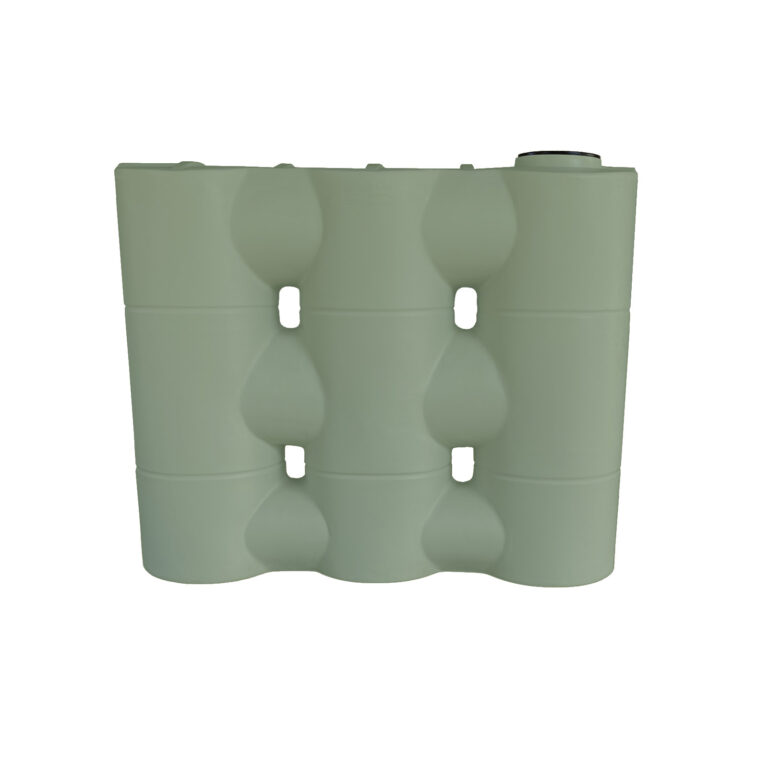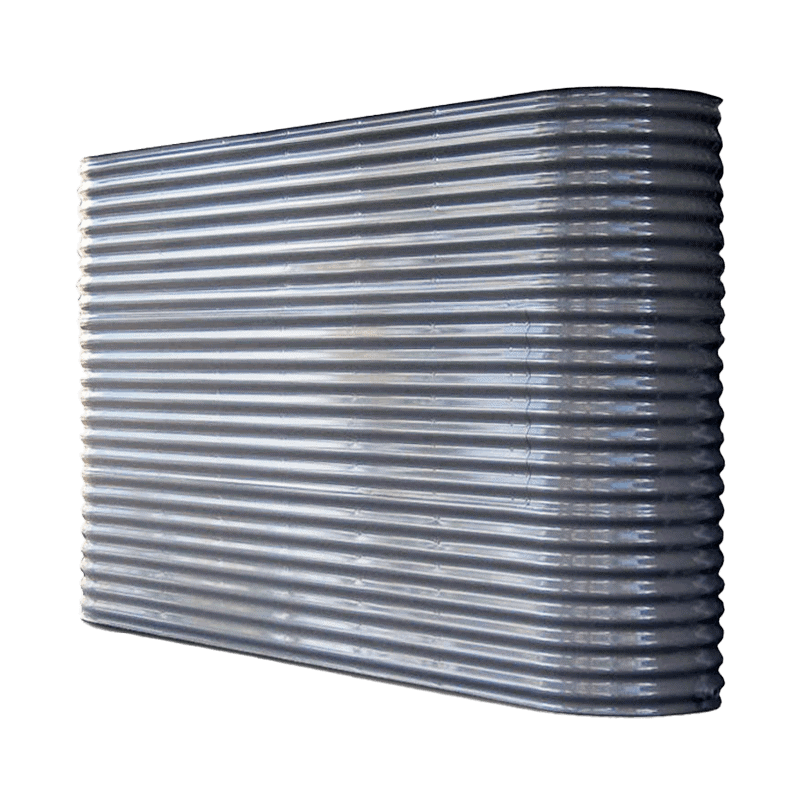Comprehending the Significance of Rain Tanks in Drought-Prone Regions for Water Protection
In regions at risk to prolonged dry spells, the role of rainwater containers in bolstering water safety is a subject of growing value. As areas grapple with the difficulties of water deficiency, understanding the relevance of these containers goes beyond simple collection of rain. Rain containers function as an important device in minimizing the impact of water shortages by supplying a lasting resource of water for numerous needs. However, real value of rain containers expands much past plain storage; it encompasses resilience-building steps and the promotion of long-lasting water conservation methods. This diverse technique to water safety warrants a better assessment of the function rainwater tanks play in ensuring a reputable water system during times of drought.
Benefits of Rain Tanks
Utilizing rain tanks supplies a lasting solution for boosting water system and enhancing water protection in property and commercial setups. One of the main benefits of rain tanks is their capacity to decrease dependence on mains water. By capturing and saving rainwater that drops on roofs, this alternate resource can be used for different non-potable purposes such as irrigation, purging bathrooms, and washing garments. This not only saves cured drinking water however additionally lowers water expenses for customers.

Rain Harvesting Techniques
Rainwater collecting techniques include a variety of methods developed to successfully collect and keep rain for numerous purposes, contributing to water preservation and sustainability. One usual technique is the installation of rooftop catchment systems, where rain is accumulated from the roof of a building and guided to a tank. This approach is relatively easy and economical. An additional preferred technique is making use of above-ground or underground storage tanks to keep rainwater for later use. These storage tanks can be found in numerous dimensions and products to match various demands and can be attached to the existing pipes system for very easy accessibility.

Additionally, rainfall gardens and absorptive pavements are cutting-edge methods that involve landscape design or paving surfaces in a means that allows rain to percolate into the ground, renewing groundwater reserves. Furthermore, shape farming and terracing are agricultural techniques that help record rainwater and protect against soil disintegration in hilly surface. By implementing these diverse rain harvesting techniques, neighborhoods can enhance water safety and strength in drought-prone regions while advertising lasting water management methods.
Relevance of Water Safety And Security
Making certain dependable access to tidy and adequate water sources is critical for maintaining human wellness, economic development, and ecological health. Water security is a vital facet of social resilience, particularly in regions vulnerable to dry spells and water deficiency. Ample water security encompasses different dimensions, including accessibility, high quality, and access of water for residential, farming, commercial, and ecological demands.
Water protection plays a crucial role in advertising public wellness by reducing the prevalence of waterborne conditions and ensuring hygiene centers. Financially, water safety is necessary for farming efficiency, industrial operations, and total financial growth. Slimline water tanks. Water safety is closely connected to ecological sustainability, as it supports ecosystems, biodiversity, and total environmental balance.
In drought-prone areas, water safety becomes much more crucial as a result of the increased risk of water scarcities. Executing strategies like rain harvesting, water recycling, and efficient water administration practices can dramatically over here enhance water protection in these areas. By focusing on water safety and security, areas can better stand up to the impacts of environment adjustment, population development, and other difficulties that threaten water accessibility.
Enhancing Water Strength
With enhancing worldwide water obstacles, building durability in water supply has become a critical focus for sustainable advancement initiatives. Enhancing water resilience includes applying strategies to guarantee water accessibility and top quality in the face of changing environmental problems, such as dry spells, floodings, and air pollution.
One key aspect of improving water durability is advertising the usage of rain containers in drought-prone regions - Slimline water tanks. Rain containers work as an effective ways of capturing and keeping rain for later usage, reducing dependence on scarce freshwater sources during completely dry periods. By incorporating rainwater harvesting systems right into water management dig this plans, neighborhoods can improve their capability to stand up to water deficiency and keep water protection

Sustainable Water Conservation
Amidst escalating water challenges, the prudent monitoring of water resources through sustainable preservation informative post techniques is essential for guaranteeing long-term environmental security and social wellness. Sustainable water conservation entails the reliable usage of water sources to satisfy current needs without endangering the capacity of future generations to satisfy their own requirements. By implementing approaches such as rain harvesting, greywater recycling, and water-efficient innovations, communities can reduce water wastefulness and ease pressure on freshwater sources.
In addition, sustainable water conservation techniques add to ecosystem health by preserving sufficient water degrees in rivers, lakes, and marshes, supporting biodiversity, and maintaining natural environments. These methods also play a critical function in mitigating the influences of climate adjustment by helping to adjust to changing rainfall patterns and water accessibility.

Final Thought
In conclusion, rain containers play a vital function in enhancing water protection and strength in drought-prone regions. By making use of rain harvesting techniques, areas can minimize their reliance on typical water resources and promote lasting water conservation techniques. This not only aids alleviate the impacts of water deficiency during dry spells however additionally contributes to long-term water safety and resilience despite climate adjustment challenges.